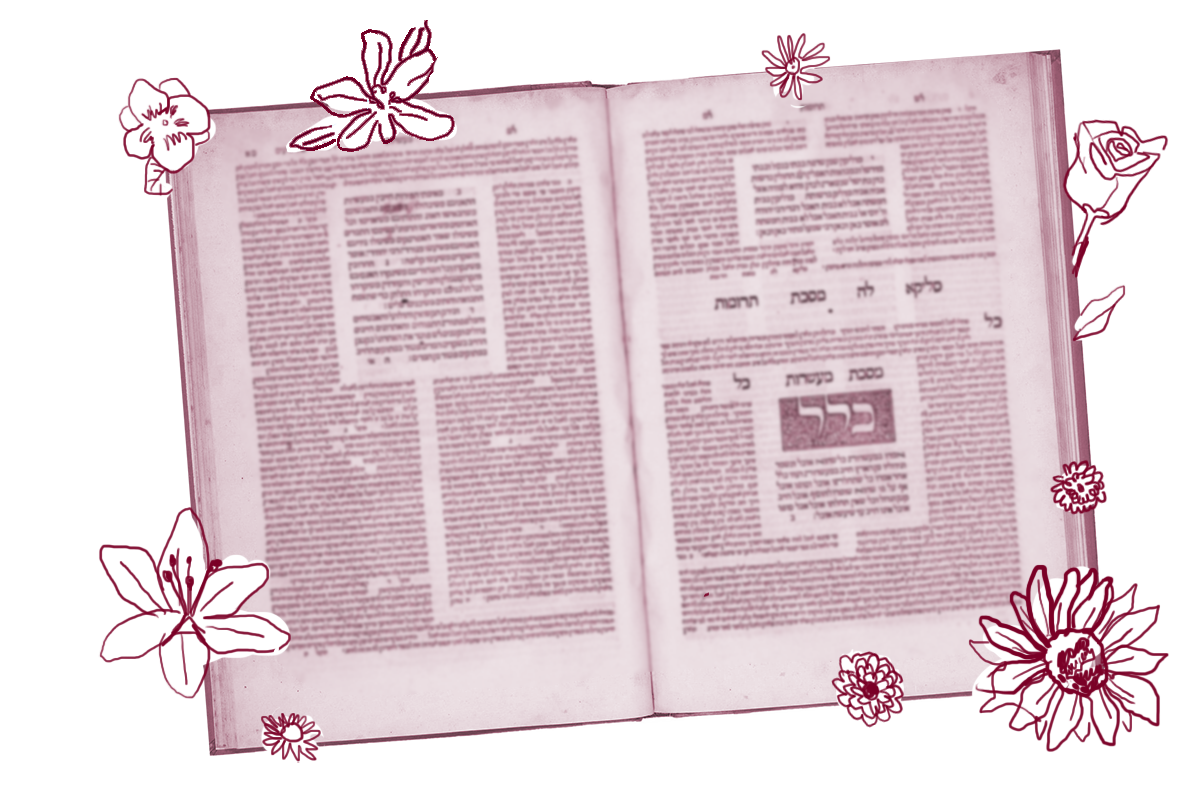On today’s daf, the Talmud continues its examination of potential sources for the principle that a non-Jew can revoke the idolatrous status of an object and, in doing so, allow a Jew to benefit from it. Shmuel provides one possible source: “You shall consign the images of their gods to the fire; you shall not covet the silver and gold that is on them and take it for yourselves, lest you be ensnared thereby; for that is abhorrent to the Lord your God.” (Deuteronomy 7:25)
This verse, which has been quoted often in our tractate, commands the destruction of idols and prohibits possessing them and even coveting precious metals that have been fused onto them. But Shmuel reads it differently, noting an apparent contradiction in the verse itself:
It is written: “You shall not covet the silver or the gold that is on them.” And it is written: “And take it for yourself.”
At issue here is the word “and.” In our initial reading of the verse, the “and” carries forward the “you shall not” of the prohibition to covet the silver and gold. In other words, you shall not covet the silver and gold and you shall not take it for yourself. Shmuel reads the second phrase as independent of the first, which turns the second phrase into a positive commandment — not a prohibition. In Shmuel’s reading, the Torah is commanding that the idols be taken. But this raises a problem: How could you take an idol for yourself if you are commanded to destroy it?
The default assumption is that a biblical verse cannot have an internal contradiction and Shmuel is ready with a resolution:
If carved as a god, “you shall not covet” applies. If revoked as a god, “and take it for yourself” applies.
Now, the first part of the verse gives us the rule that as soon as a stone is rendered an idol, it becomes immediately prohibited to covet it. The second part of the verse tells us that a Jew can take possession of it after its status as an idol is revoked, the implication being that it’s possible for a non-Jew to nullify an object’s idolatrous status.
This discussion is another reminder that the interpretive tools the rabbis use to derive laws do not always rest on the plain meaning of the biblical text. Shmuel takes a phrase that clearly requires the destruction of objects of idol worship and uses it to permit taking possession of an idol after it has been decommissioned. The Talmud does not blink an eye at this, as taking a phrase out of its original context and creating a new and contrary understanding of it is part and parcel of the interpretive process.
It is also worth noting that Shmuel’s interpretation is brought not to support his own position, but as the source for Rabbi Akiva’s position on the matter. This is a bit strange, as Rabbi Akiva lived during the second century of the Common Era, while Shmuel lived a century later. So how could Shmuel serve a source for Rabbi Akiva? Usually, it would be the other way around.
One possibility is that the rabbis of the Gemara did not know the source on which Rabbi Akiva based his opinion and Shmuel derived his interpretation in order to provide support for him. Alternatively, it is possible that Shmuel had inherited an oral tradition of how Rabbi Akiva supported his opinion and relayed it to his colleagues, who then recorded it in his name. A third possibility is that Shmuel’s interpretation of the verse emerged independently and was imported into our discussion to provide support for Rabbi Akiva. A deeper dive would be required to find evidence for these possibilities, evidence that may not actually exist.
Read all of Avodah Zarah 52 on Sefaria.
This piece originally appeared in a My Jewish Learning Daf Yomi email newsletter sent on August 9, 2025. If you are interested in receiving the newsletter, sign up here.
With your help, My Jewish Learning can provide endless opportunities for learning, connection and discovery.



